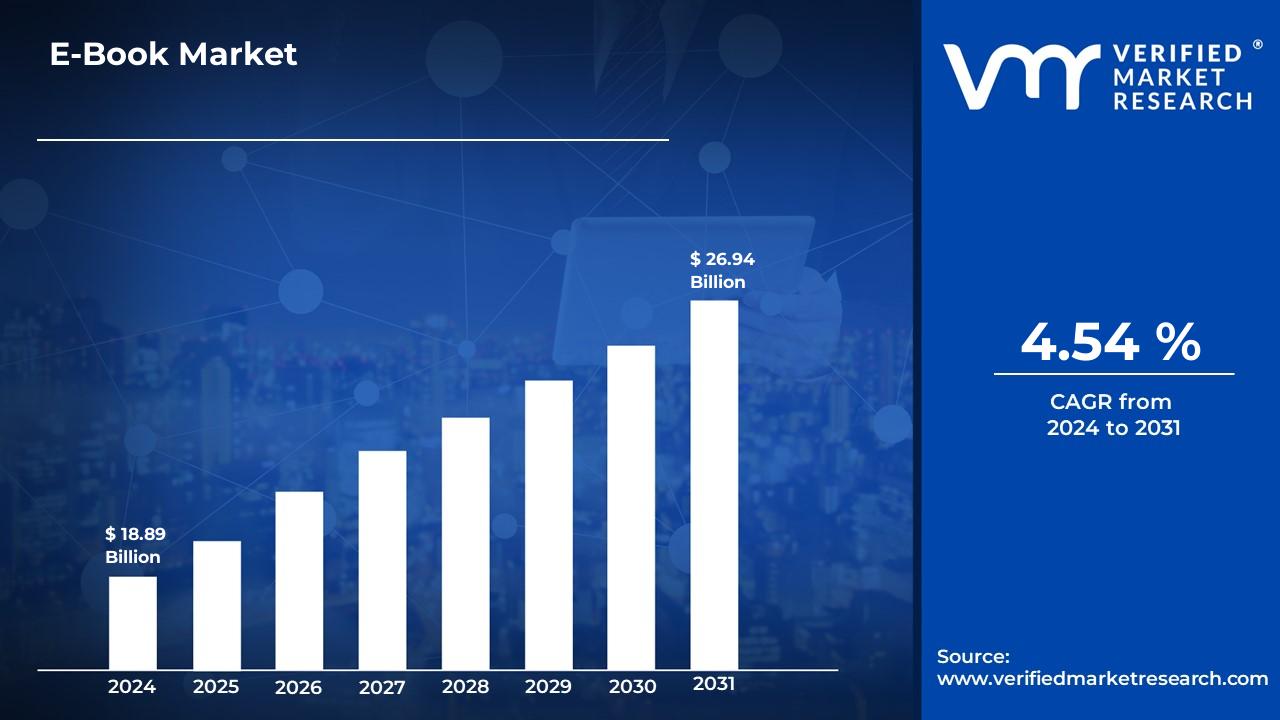In this guide, we’ll explore seven lucrative digital products you can create, platforms to sell them on, and automation tools to streamline your workflow. Plus, we’ll dive into a step-by-step blueprint for creating ChatGPT-powered e-books. Let’s turn your expertise into profit!
Unlike traditional side hustles, digital products allow you to earn money repeatedly with minimal ongoing effort. Imagine waking up to sales notifications from customers across the globe while you sip your morning coffee. Sounds dreamy? It’s entirely possible.
Why Digital Products Are Perfect for Passive Income
Digital products are the ultimate “set it and forget it” income stream. Once created, they require little maintenance, scale effortlessly, and cater to a global audience. Whether you’re a writer, designer, or hobbyist, there’s a digital product that aligns with your skills.
Here’s why they’re unbeatable:
- Low overhead costs: No inventory or shipping fees.
- Automation-friendly: Use tools to handle sales and delivery.
- Evergreen demand: Solve problems that never go out of style.
7 Digital Products to Fuel Your Passive Income Journey
1. E-Books: Turn Knowledge into Profit
E-books remain a goldmine for sharing expertise. From cooking guides to AI tutorials, there’s a market for almost every niche.
- Why it works: High perceived value, easy to update, and globally accessible.
- Pro Tip: Use ChatGPT to accelerate research and drafting (more on this later).
2. Online Courses: Teach What You Know
Platforms like Udemy and Teachable let you monetize your skills. Courses on coding, photography, or even TikTok growth thrive here.
- Why it works: People pay premiums for structured learning.
- Pro Tip: Bundle courses with workbooks for higher pricing.
3. Printables and Planners: Design Once, Sell Forever
From wedding planners to budgeting templates, printables cater to organized minds.
- Why it works: Low effort, high margins.
- Pro Tip: Use Canva for drag-and-drop designs.
4. Stock Media: Cash in on Visual Content
Photographers and videographers can sell stock photos, videos, or music on platforms like Shutterstock or Adobe Stock.
- Why it works: Businesses constantly need fresh content.
- Pro Tip: Focus on niche categories (e.g., sustainable living) to stand out.
5. Software Tools and Plugins: Solve Tech Problems
If you’re a developer, create plugins for WordPress, Shopify, or Figma.
- Why it works: Recurring revenue via subscriptions or updates.
- Pro Tip: Offer freemium models to attract users.
6. Digital Templates: Simplify Tasks for Others
Website themes, resume templates, or social media kits save customers time.
- Why it works: Customizable solutions = high demand.
- Pro Tip: Showcase templates with video demos.
7. Membership Communities: Build a Loyal Audience
Platforms like Patreon or MemberPress let you offer exclusive content (e.g., podcasts, workshops) for a monthly fee.
- Why it works: Predictable income and community engagement.
- Pro Tip: Offer tiered subscriptions for varied budgets.

Step-by-Step Guide: Creating ChatGPT-Powered E-Books
Use AI to cut your writing time in half. Here’s how:
Step 1: Choose a Profitable Niche
- Use tools like Google Trends or AnswerThePublic to find underserved topics.
- Example: “Sustainable Gardening for Urban Dwellers.”
Step 2: Generate an Outline with ChatGPT
- Prompt: “Create a detailed outline for a 10-chapter e-book about [your topic]. Include actionable tips, case studies, and resources.”
- Refine the output to match your voice.
Step 3: Expand Chapters with AI
- Feed sections to ChatGPT: “Write a 500-word section about composting in small spaces, citing recent studies.”
- Edit for clarity and add personal anecdotes.
Step 4: Design and Formatting
- Use Canva or Atticus for professional layouts.
- Add visuals: Source images from Unsplash or create infographics.
Step 5: Publish and Price Strategically
- Set prices 20–30% below competitors to attract initial buyers.
- Offer limited-time bonuses (e.g., checklists) to boost sales.

Top Platforms to Sell Your Digital Products
Maximize reach by listing your products on these sites:
- Gumroad
- Best for: Beginners and all product types.
- Fees: 10% + transaction fee.
- Pros: User-friendly, built-in audience.
- Etsy
- Best for: Printables, templates, and crafts.
- Fees: $0.20 listing fee + 6.5% transaction fee.
- Pros: High traffic, niche communities.
- Shopify
- Best for: Scaling a branded store.
- Fees: Starts at $29/month.
- Pros: Full customization, SEO tools.
- Podia
- Best for: Courses and memberships.
- Fees: $39/month.
- Pros: No transaction fees, email marketing tools.
- Creative Market
- Best for: Design assets (fonts, graphics).
- Fees: 40% commission.
- Pros: Curated marketplace, loyal buyers.
Automation Tools to Save Time
Work smarter, not harder:
- Delivery: Use SendOwl or Gumroad to auto-send products post-purchase.
- Customer Support: Set up chatbots with Tidio or Zendesk for 24/7 queries.
- Email Marketing: ConvertKit automates follow-ups and nurtures leads.
- Social Media: Buffer schedules promotional posts across platforms.
Final Tips for Success
- Repurpose Content: Turn e-books into courses, blog posts, or YouTube scripts.
- Collect Feedback: Use Google Forms to improve future products.
- Stay Consistent: Promote regularly—even evergreen products need visibility.
Conclusion
The digital product landscape is ripe with opportunity. Whether you’re crafting AI-assisted e-books or selling chic Canva templates, the key is to start small, automate relentlessly, and iterate based on feedback. Your journey to passive income begins with a single product. Which one will you launch first?


